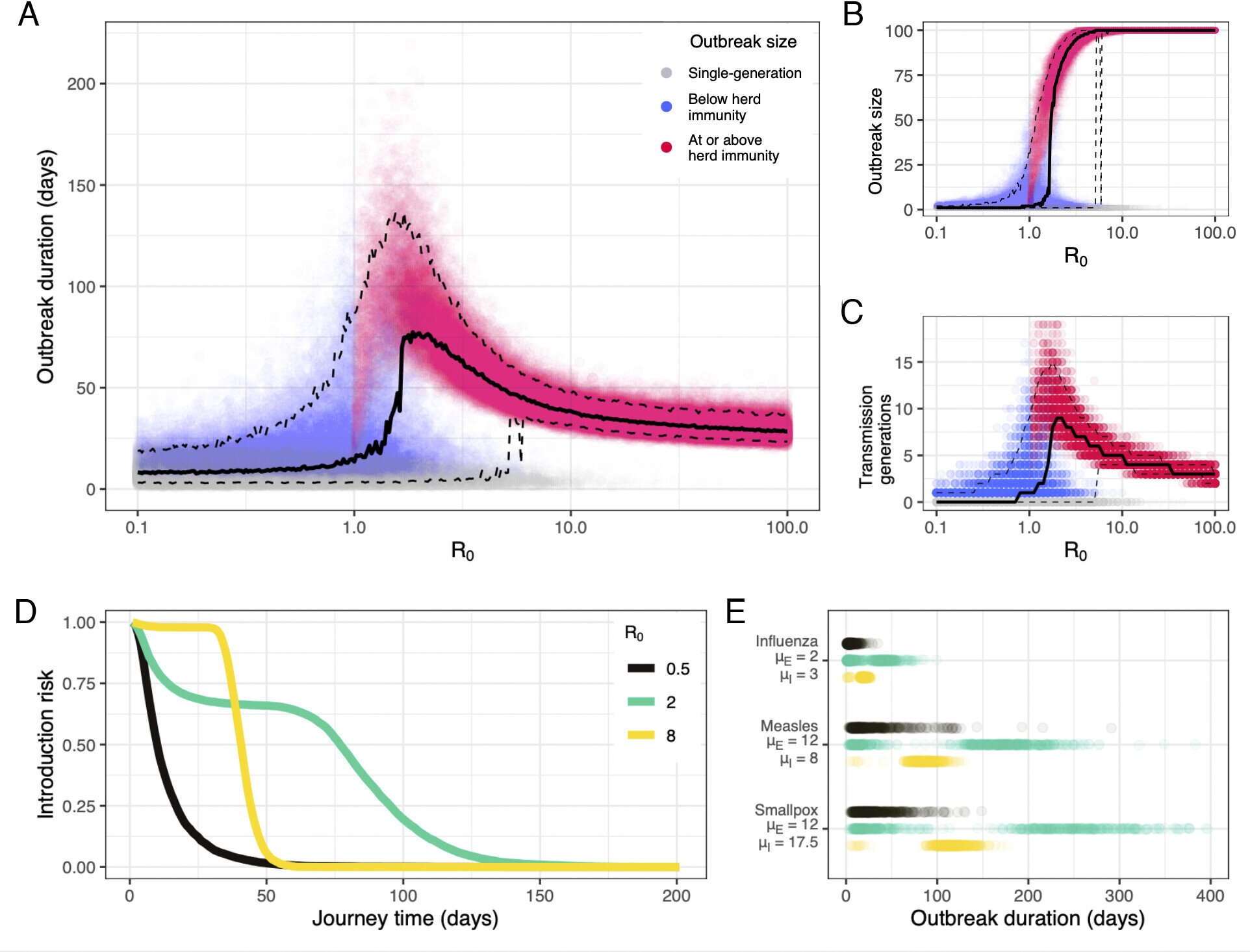New Scientist Magazine
New Scientist is a popular weekly science and technology publication that covers international news from a scientific standpoint and asks the big-picture questions about life, the universe and what it means to be human. The magazine was founded in 1956 for
99%
The Daily's Verdict
This news site is known for its high journalistic standards. It strives to maintain neutrality and transparency in its reporting, and avoids conflicts of interest. It has a reputation for accuracy and rarely gets contradicted on major discrepancies in its reporting.
Bias
100%
Examples:
- New Scientist presents a balanced, impartial viewpoint on the biggest stories as they happen to give you the facts you need.
Conflicts of Interest
100%
Examples:
- New Scientist is based in London and New York, with operations elsewhere in the UK, the US and Australia.
Contradictions
86%
Examples:
- A drug has increased the lifespans of laboratory mice by nearly 25% in a discovery that may slow human ageing.
- Researchers have used mathematical modeling to predict the historical risk of pathogens surviving long enough to disembark with passengers on early ocean crossings.
- The world is off track to meet the target of reducing AIDS-related deaths to below 250,000 by 2025.
Deceptions
100%
Examples:
- A drug has increased the lifespans of laboratory mice by nearly 25% in a discovery that may slow human ageing.
- The latest shingles vaccine may delay or possibly even prevent the onset of dementia more effectively than an older version.
Recent Articles

New Study Suggests Semaglutide's Role in Smoking Cessation: Reducing Tobacco Cravings with Diabetes Medication
Broke On: Tuesday, 30 July 2024
SpaceX's Starship: Fifth Test Flight Approaches with Challenges and Milestones
Broke On: Friday, 26 July 2024
New Study Challenges Common Belief: Diseases May Not Have Spread Easily from European Ships to New World Populations
Broke On: Saturday, 27 July 2024
New Study Suggests Shingrix Vaccine May Delay Dementia Onset: Why Older Adults Should Get Vaccinated Against Shingles
Broke On: Thursday, 25 July 2024
New Insights into Neanderthal Diet: Butchering Birds with Precision
Broke On: Wednesday, 24 July 2024
Urgent Action Needed to Meet Commitment of Ending AIDS as Public Health Threat by 2030: UNAIDS Report
Broke On: Tuesday, 23 July 2024
Chimpanzees' Rapid Communication: Turn-Taking Gestures Similar to Human Conversations
Broke On: Monday, 22 July 2024Blocking Inflammatory Protein IL-11 Extends Healthy Lifespan of Mice by 25%: New Study Reveals
Broke On: Wednesday, 17 July 2024
New Discoveries Reveal Early Earth's Complex Ecosystem: Last Universal Common Ancestor Interacted with Other Microbes, Challenging Previous Assumptions
Broke On: Friday, 12 July 2024